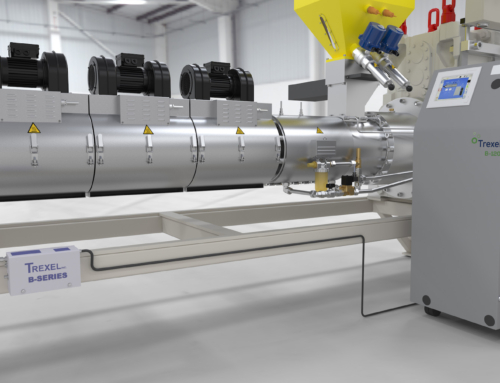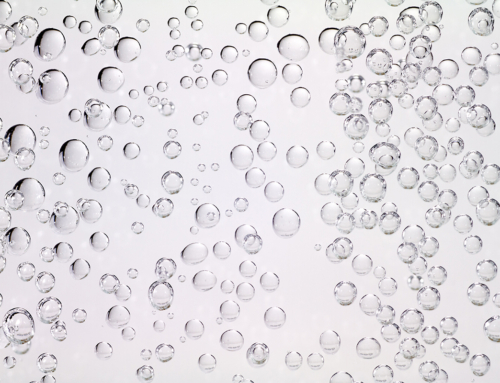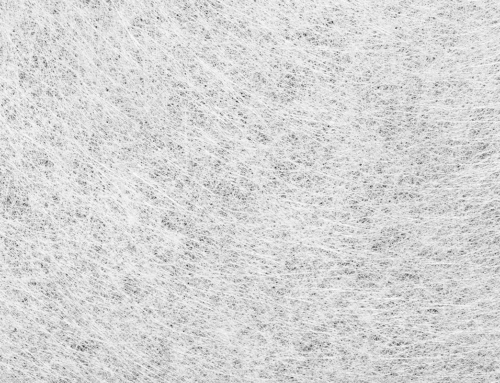In case you missed our President and CEO, Levi Kishbaugh’s presentation at Polymers in Footwear 2025, we’re excited to share a summary of his key talking points on the latest advances in rheological filling simulation for low-density foamed thermoplastic elastomers (TPEs), specifically designed for midsoles in footwear applications.
Key Highlights from the Presentation:
Levi provided an overview of the injection foam molding process, demonstrating how Trexel’s design JV, 2 Limit, continue to push the envelope in simulation technology to accurately model the complex behavior of supercritical fluid (SCF) injection foam molding for low density elastomeric foams. He broke down the simulation setup, explaining scenarios with and without counterpressure, including default and optimized simulation controls.
A crucial focus was placed on comparing simulation results with actual molded parts, shedding light on the challenges and opportunities in modeling low-density foamed TPEs. Levi emphasized that while simulations can underpredict certain aspects like cell size by about 50%—a known software limitation—the overall predictions of density, fill patterns, and foam expansion are increasingly precise thanks to ongoing refinements in material characterization.
Advantages of SCF Injection Foam Molding for Footwear:
Conclusions and Ongoing Research:
Levi noted that accurate simulation of low-density elastomeric foams requires fully detailed material characterization. Current models reveal that nucleation levels and SCF diffusion rates critically affect foam expansion and density outcomes. Understanding these parameters leads to more reliable predictions, enabling Trexel and 2 Limit to push the boundaries of foam molding technology.
The work is ongoing, with continued efforts to refine solubility, diffusivity, and nucleation models to improve cell size prediction accuracy.
Want to learn more about how Trexel is revolutionizing footwear manufacturing with sustainable, innovative foam technologies?
Contact us today to discover how our advanced simulation solutions can accelerate your product development and sustainability goals.







